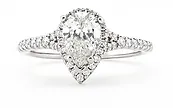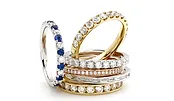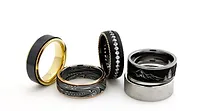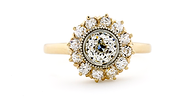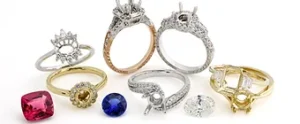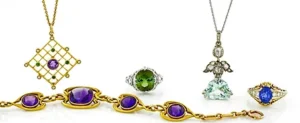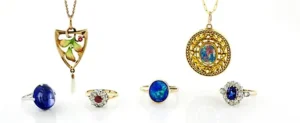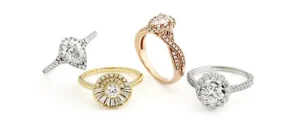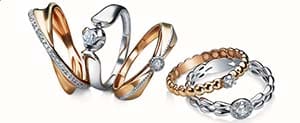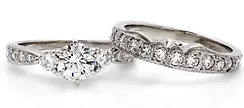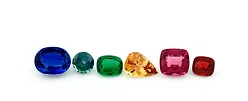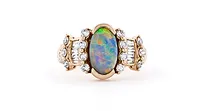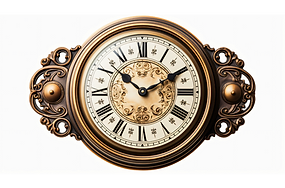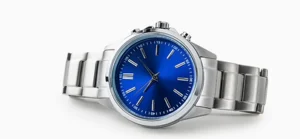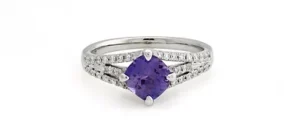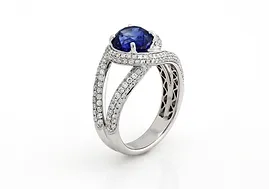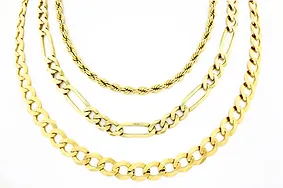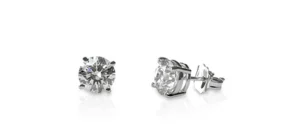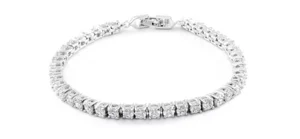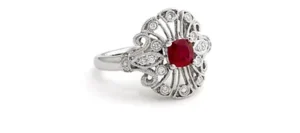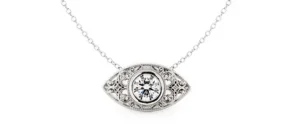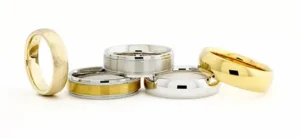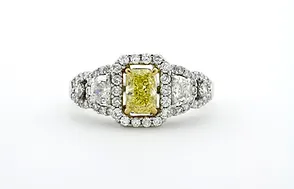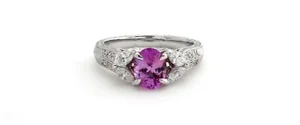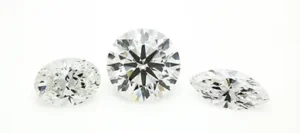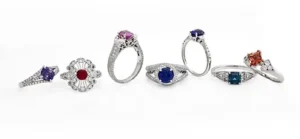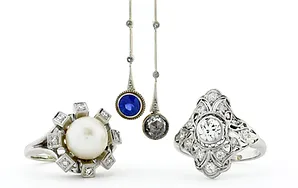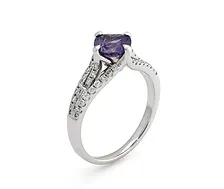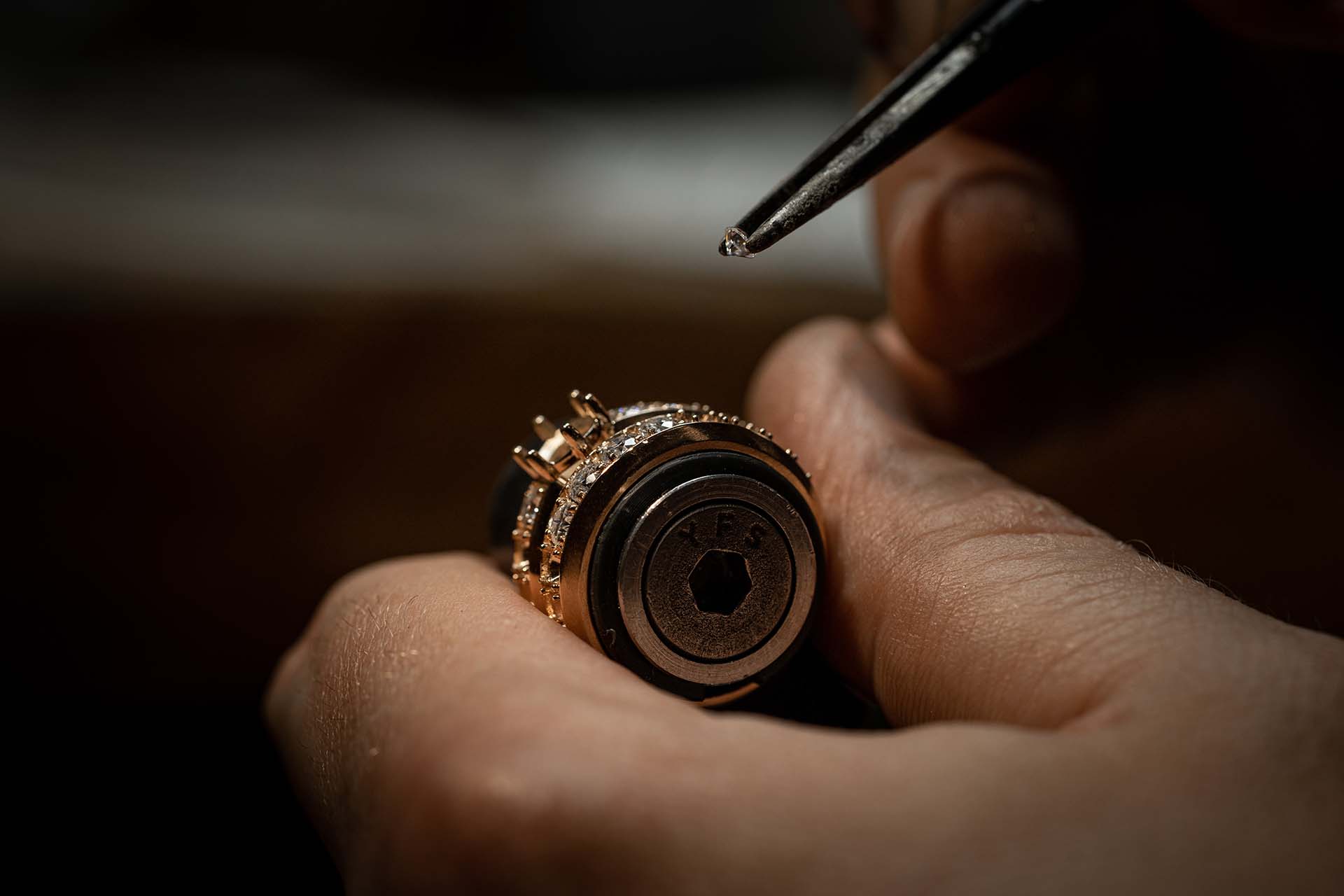Preserving the Legacy in Every Piece
Heirloom jewelry carries more than precious metals or gemstones—it carries stories, memories, and family history. Whether it’s a grandmother’s engagement ring or a vintage brooch passed down through generations, maintaining these pieces requires specialized care. Understanding how to properly repair and reinforce heirloom jewelry ensures its sentimental and monetary value lasts for years to come.
Understanding the Unique Nature of Heirloom Jewelry
Every heirloom piece is one-of-a-kind. Older craftsmanship, delicate settings, and rare materials make them both valuable and fragile. Before any repair work begins, it’s crucial to understand:
- The era of the piece — Victorian, Edwardian, or Art Deco jewelry often requires specific tools and techniques
- The materials used — Some older metals or gemstones may react differently to modern methods
- The extent of wear or damage — Worn prongs, cracked gemstones, or thinning bands may need more than basic repair
Working with a professional jeweler who specializes in antique restoration ensures that each decision is made with preservation—not replacement—in mind.
Safe Repair Methods for Heirloom Jewelry
Heirloom repairs are not the same as fixing a modern piece. The goal is to retain as much of the original structure and character as possible. Here are several best practices to follow:
1. Consult a Specialist Before Any Work
Look for a jeweler who has experience with antique or estate jewelry. They should evaluate the metal type, stone setting, and overall structure before suggesting any repairs.
2. Avoid Excessive Polishing
Over-polishing can wear away fine details, hallmarks, and original finishes. Opt for gentle cleaning and minimal restoration to maintain the piece’s authenticity.
3. Reinforce Weak Points Carefully
If the metal has thinned or a setting has loosened, reinforcement should blend seamlessly with the original design. This might involve adding discreet support to prongs or reinforcing the band from the inside without altering its appearance.
4. Match Metals and Stones Precisely
When replacing missing stones or damaged metal, the jeweler should source materials that match the original as closely as possible. Even slight differences in color, cut, or alloy can diminish value.
5. Document the Work Done
Request before-and-after photos and a written description of any changes made. This documentation helps maintain the provenance of the jewelry and provides transparency for future generations.
When Reinforcement Is Better Than Full Restoration
Not all damage requires a complete rebuild. In many cases, subtle reinforcement can extend the lifespan of a piece while keeping its historical charm intact. For example:
- Adding internal bands to strengthen worn rings
- Securing prongs with micro laser welding instead of replacing entire settings
- Applying protective coatings to prevent further corrosion on older metals
Reinforcement focuses on stabilization rather than transformation—ideal for preserving both sentiment and structure.
Preventive Maintenance for Long-Term Preservation
Once a piece has been repaired or reinforced, ongoing care is essential. Follow these tips to minimize wear:
- Regular inspections every 6–12 months to catch early signs of damage
- Proper storage in soft-lined boxes or pouches to prevent scratches
- Avoiding harsh chemicals like bleach, perfumes, and cleaners
- Gentle cleaning using mild soap and a soft brush instead of ultrasonic devices
Preventive maintenance not only extends longevity but also reduces the need for future invasive repairs.
When to Seek an Appraisal
Before and after any major restoration, consider having the jewelry professionally appraised. This helps:
- Establish or update insurance coverage
- Verify authenticity and craftsmanship
- Determine whether restoration affected market value
Appraisals by a certified gemologist or antique jewelry specialist ensure that sentimental and financial worth are both properly protected.
Balancing Sentimental and Monetary Value
Sometimes, heirloom jewelry holds more emotional than financial value—and that’s perfectly valid. The goal of any restoration should align with your personal priorities. Whether you want the piece to be worn again, displayed, or passed down, clear communication with your jeweler will guide the right approach.
Preserve the Story Behind Your Heirloom Jewelry
Even with careful handling, heirloom jewelry needs professional attention to maintain its structure and significance. Expert restoration not only reinforces delicate settings but also helps preserve the artistry and sentiment that make each piece unique. Proper documentation and skilled repair ensure your jewelry remains both wearable and historically intact for future generations.
Ready to safeguard the legacy of your family heirlooms? Contact us today to schedule a professional restoration or consultation and keep your cherished pieces shining for years to come.

